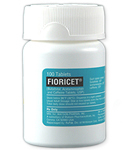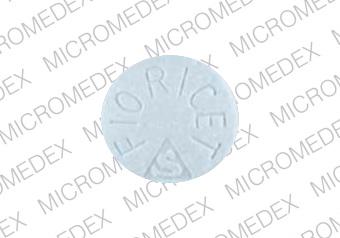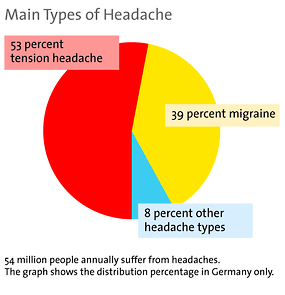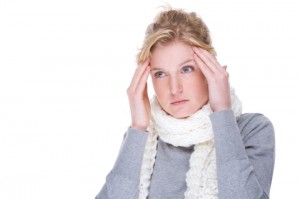Natural remedies for migraines may help some individuals manage symptoms or reduce the frequency and severity of migraine attacks. While these approaches may not work for everyone and should not replace medical treatment, they can be used as complementary strategies. Here are some natural remedies that people often find helpful for migraines:
- Stay Hydrated: Dehydration can trigger migraines in some people. Drinking plenty of water throughout the day can help prevent dehydration and may reduce the frequency of migraines.
- Maintain Regular Sleep Patterns: Disrupted sleep patterns or lack of sleep can trigger migraines for some individuals. Aim for consistent sleep schedules and prioritize getting enough restful sleep each night.
- Manage Stress: Stress is a common trigger for migraines. Practice stress-reduction techniques such as deep breathing, meditation, yoga, progressive muscle relaxation, or mindfulness to help manage stress levels.
- Dietary Changes: Certain foods and beverages, such as caffeine, alcohol, aged cheeses, processed meats, and foods containing MSG or artificial sweeteners, may trigger migraines in some individuals. Keeping a food diary can help identify and avoid trigger foods.
- Magnesium Supplementation: Some research suggests that magnesium deficiency may be linked to migraines. Taking magnesium supplements or increasing magnesium-rich foods in the diet, such as nuts, seeds, leafy greens, and whole grains, may help prevent migraines in some people.
- Riboflavin (Vitamin B2): Riboflavin, also known as vitamin B2, has been studied for its potential role in migraine prevention. Some research suggests that taking riboflavin supplements may reduce the frequency and severity of migraines in certain individuals.
- Butterbur: Butterbur, a plant extract, has been used traditionally for migraine prevention. Some studies have shown that butterbur supplements may be effective in reducing the frequency of migraines, although the quality and safety of supplements can vary, so it’s essential to choose a reputable brand.
- Acupuncture: Acupuncture involves the insertion of thin needles into specific points on the body and is sometimes used as a complementary therapy for migraine management. Some people find acupuncture helpful in reducing the frequency and severity of migraines.
- Biofeedback: Biofeedback is a technique that helps individuals learn to control physiological processes such as heart rate, muscle tension, and skin temperature. Some research suggests that biofeedback may be effective in reducing migraine frequency and severity by teaching relaxation techniques and stress management skills.
- Regular Exercise: Engaging in regular physical activity can help reduce the frequency and severity of migraines for some individuals. Aim for at least 30 minutes of moderate aerobic exercise, such as walking, swimming, or cycling, on most days of the week.







